Home>Garden Essentials>How To Grow Pecan Tree From Seed
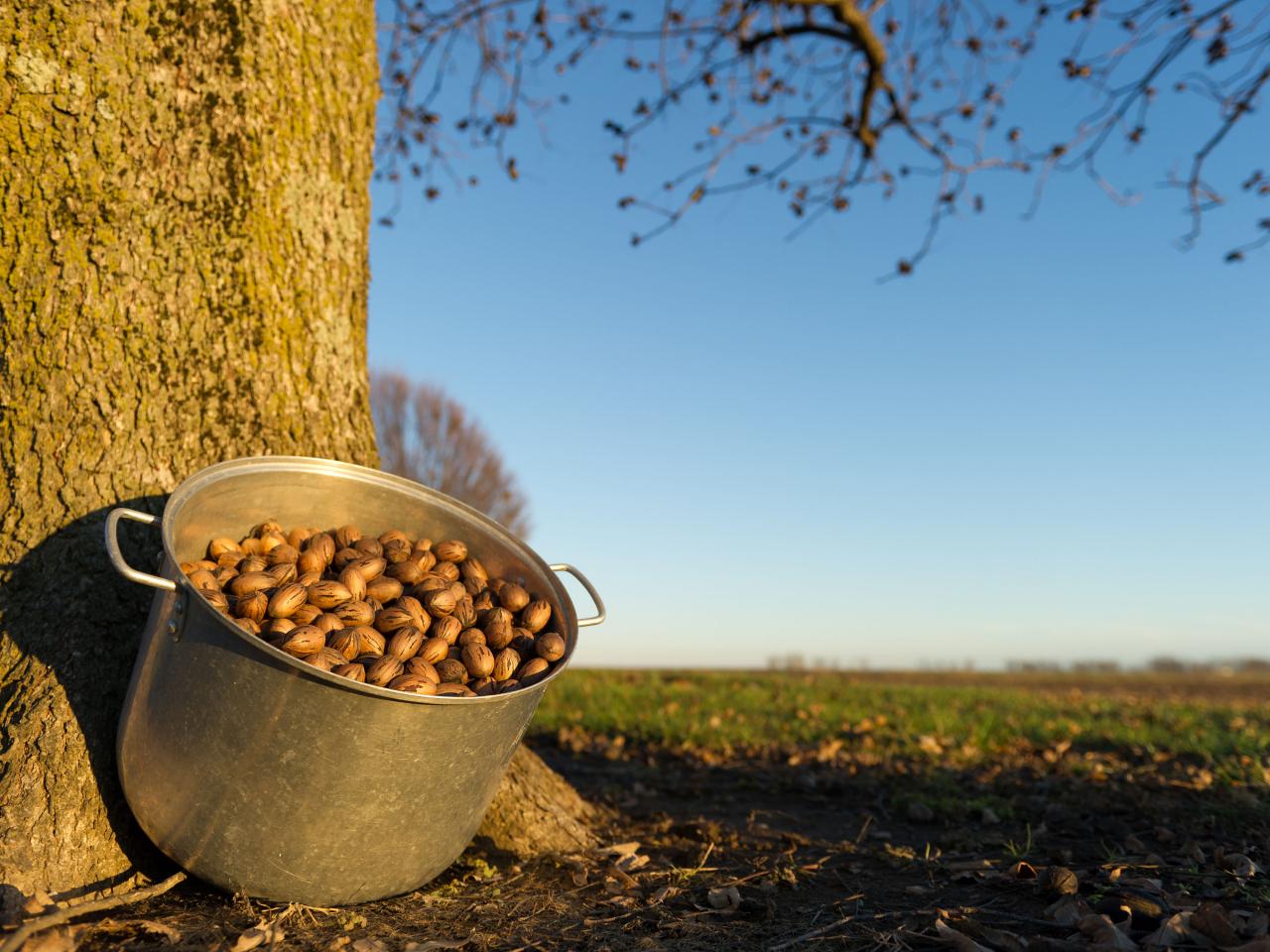

Garden Essentials
How To Grow Pecan Tree From Seed
Modified: March 15, 2024
Learn how to grow a pecan tree from seed in your garden. Follow our step-by-step guide for successful cultivation and enjoy home-grown pecans!
(Many of the links in this article redirect to a specific reviewed product. Your purchase of these products through affiliate links helps to generate commission for Storables.com, at no extra cost. Learn more)
Introduction
Welcome to the world of pecan trees! Growing these majestic trees from seed can be a rewarding and fulfilling experience, as you witness the transformation from a tiny seed to a full-grown tree bearing delicious pecans. Whether you have a spacious garden or a small balcony, you can nurture a pecan tree with a little bit of patience and care.
In this article, we will guide you through the step-by-step process of growing a pecan tree from seed. From collecting the seeds to harvesting the pecans, we will cover everything you need to know to successfully cultivate these nut-bearing wonders.
Pecan trees (Carya illinoinensis) are native to North America and are widely grown for their delectable and nutritious nuts. These trees can reach impressive sizes, standing tall with a wide spreading canopy that provides generous shade during hot summers. Not only do pecan trees offer bountiful harvests, but they also add beauty and elegance to any landscape.
Before we dive into the growing process, it’s important to note that growing pecan trees from seed requires a significant level of commitment. It can take several years for a pecan tree to mature and produce a substantial crop. However, this patience will pay off as you witness your tree grow and thrive in your very own garden.
So, roll up your sleeves, grab your gardening tools, and let’s get started on this wonderful journey of growing a pecan tree from seed!
Key Takeaways:
- Growing pecan trees from seed is a patient and rewarding process, from nurturing tiny seeds to harvesting delicious pecans. It requires dedication, care, and love for nature.
- Proper care, including watering, fertilizing, and protecting against pests, is essential for young pecan trees to thrive and produce a bountiful harvest.
Read more: How To Grow Tree From Seed
Step 1: Collecting the Seeds
The first step in growing a pecan tree from seed is to gather the seeds, commonly known as pecans. You have two options when it comes to sourcing pecan seeds: either collect them directly from mature pecan trees or purchase them from a reputable seed supplier.
If you decide to collect the seeds yourself, look for mature pecan trees in your local area, such as parks, orchards, or even your neighbor’s yard (with their permission, of course). Pecans are typically ready for harvest in the fall, so keep an eye out for trees dropping their nuts. Choose pecans that are free from cracks, dents, or any signs of damage.
Once you’ve collected your pecans, it’s important to extract the seeds as soon as possible to prevent them from drying out. To do this, simply crack open the outer shell of the pecan using a nutcracker or a hammer. Be careful not to damage the seed inside.
If you prefer to bypass the process of collecting and cracking the shells, you can purchase pecan seeds from a reliable seed supplier or nursery. This option ensures that you receive healthy and viable seeds for germination.
Whether you choose to collect pecans yourself or purchase them, aim to gather a handful of seeds. It’s always best to have a few extras on hand in case some do not germinate or encounter any issues during the growing process.
With your pecan seeds in hand, you’re now ready to move on to the next step: preparing the seeds for germination.
Step 2: Preparing the Seeds for Germination
Once you’ve collected or obtained your pecan seeds, the next step is to prepare them for germination. This involves a process called stratification, which mimics the natural cycle that pecan seeds undergo in the wild during winter months.
Stratification is essential for breaking the seed’s dormancy and encouraging successful germination. To achieve this, follow these simple steps:
- Soak the seeds: Start by placing the pecan seeds in a bowl or container filled with water. Allow them to soak for 24-48 hours. This helps to hydrate the seeds and soften the outer shell, making it easier for the sprout to emerge.
- Pre-chill the seeds: After soaking, transfer the seeds to a plastic bag or container that contains moistened peat moss or vermiculite. The moisture helps to maintain humidity around the seeds. Seal the bag/container and place it in the refrigerator for about 8-12 weeks. This chilly period will simulate the winter conditions that pecan seeds naturally experience.
- Check for mold: While the seeds are in the refrigerator, periodically check for any signs of mold or decay. If you notice any moldy seeds, remove them immediately to prevent the spread of infection.
During the stratification period, it’s important to ensure that the seeds are kept moist but not waterlogged. A damp but not overly wet environment is ideal for successful germination. Check the moisture levels regularly and adjust as needed.
After the 8-12 week stratification period, your pecan seeds are now primed and ready for germination. In the next step, we’ll explore the process of germinating the seeds to kickstart the growth of your pecan tree.
Step 3: Germinating the Seeds
Now that you’ve prepared your pecan seeds through stratification, it’s time to move on to the exciting process of germination. When the stratification period is complete, the seeds are ready to sprout and begin their journey towards becoming pecan trees.
Follow these steps to successfully germinate your pecan seeds:
- Select a germination method: There are a few different methods you can use to germinate your pecan seeds. One popular method is the “paper towel method”. Place a moistened paper towel on a plate or tray, then distribute the seeds evenly on top. Fold the paper towel over the seeds to create a moist and enclosed environment. Alternatively, you can also germinate the seeds directly in seedling trays or seedling pots filled with a well-draining seed-starting mix.
- Provide warmth and moisture: Place your seeds in a warm location, ideally with a temperature of around 70-85°F (21-29°C). Keep the environment consistently moist but not waterlogged. Mist the seeds or water lightly as needed to maintain moisture. Avoid overwatering, as this can lead to rot.
- Monitor for germination: Check your seeds daily for signs of germination. It typically takes anywhere from a few weeks to a couple of months for the seeds to sprout. Look for the emergence of a small root (radicle) and the first set of leaves (cotyledons).
- Transplant the germinated seeds: Once your seeds have sprouted and have developed a strong root system, it’s time to transplant them into individual pots or containers. Use a well-draining potting mix and ensure that the root is placed vertically in the soil. Handle the seedlings gently to avoid damaging the delicate roots.
Remember to provide adequate lighting for your germinating seeds. Place them in a location with bright, indirect light or use artificial grow lights to ensure they receive the necessary light for healthy growth.
As your pecan seedlings continue to grow, they will develop more leaves and stems, gradually transforming into young pecan trees. In the next step, we’ll explore how to care for these young trees to ensure their well-being and promote optimal growth.
Step 4: Transplanting the Seedlings
As your pecan seedlings continue to grow and develop, they will eventually outgrow their initial containers and need to be transplanted into larger pots or directly into the ground. Transplanting allows the young trees to establish a stronger root system and provides them with more space and nutrients to thrive.
Follow these steps to successfully transplant your pecan seedlings:
- Choose an appropriate location: Select a sunny spot in your garden that receives at least 6-8 hours of direct sunlight each day. Pecan trees thrive in well-draining soil, so ensure the chosen area has good drainage to prevent waterlogging.
- Prepare the planting hole: Dig a hole that is twice as wide and just as deep as the root ball of your seedling. Loosen the soil in the hole to encourage root penetration and nutrient absorption.
- Remove the seedling: Carefully remove the seedling from its current container, taking care not to damage the roots. Gently untangle any root-bound roots and spread them out in the planting hole.
- Backfill the hole: Fill in the hole with soil, ensuring that the seedling is positioned at the same depth it was previously planted. Lightly tamp down the soil to remove air pockets and provide stability.
- Water and mulch: Give the newly transplanted seedling a thorough watering to settle the soil and provide hydration to the roots. Apply a layer of organic mulch around the base of the tree, keeping the mulch a few inches away from the trunk to prevent moisture-related issues.
It’s important to note that pecan trees have deep taproots, so it’s crucial to transplant them when they are still young and their root systems are flexible. This will ensure that the tree can establish a strong anchor in the soil as it grows.
After transplanting, monitor the seedlings closely and provide regular watering to keep the soil evenly moist. As the young pecan trees continue to grow, we’ll explore how to care for them and protect against pests and diseases in the next step.
To grow a pecan tree from seed, start by collecting fresh pecans in the fall. Soak the nuts in water for 24 hours, then plant them in a well-draining soil. Keep the soil consistently moist and place the pot in a sunny spot. The seed will germinate in 4-6 weeks.
Read more: How To Grow A Tree From A Seed
Step 5: Caring for Young Pecan Trees
Once your pecan seedlings are transplanted and established, it’s crucial to provide proper care to ensure their healthy growth and development. Young pecan trees require attention and nurturing throughout their early years to ensure their long-term vitality. Here are some essential care tips:
- Watering: Pecan trees require consistent moisture, especially during their first few years. Water them deeply and regularly, ensuring the soil remains moist but not overly wet. Aim to provide around 1 inch of water per week, adjusting as needed depending on rainfall and soil conditions.
- Fertilization: Apply a balanced fertilizer specifically formulated for trees, preferably one with a higher nitrogen content. Follow the manufacturer’s instructions for application rates and timing, typically fertilizing in early spring and early summer.
- Pruning: Regular pruning is important for shaping the tree and promoting healthy growth. Remove any dead or diseased branches and thin out crowded areas to improve airflow and sunlight penetration. Pruning should be done during the dormant season, typically in late winter or early spring.
- Support: If your young pecan tree requires support to remain upright, use stakes or a tree support system to provide stability. Be careful not to tie the support too tightly to avoid damaging the trunk.
- Weed control: Keep the area around the base of the tree free from weeds and grass. Weeds compete for nutrients and water, so regular weeding will help your pecan tree thrive.
- Protection from extreme weather: Young pecan trees are susceptible to damage from harsh weather conditions. Protect them from extreme cold by covering them with burlap or frost blankets during freezing temperatures. Shield them from strong winds and provide shade during scorching hot summer days.
As your young pecan trees continue to grow, they will gradually develop into majestic trees that bear delicious pecans. However, like any plant, they are vulnerable to pests and diseases. In the next step, we’ll discuss how to protect your pecan trees against common threats.
Step 6: Protecting Against Pests and Diseases
Pecan trees, like any other plant, can fall victim to various pests and diseases that can hinder their growth and compromise nut production. To ensure the health and productivity of your pecan trees, it’s important to be proactive in preventing and managing these issues. Here are some tips for protecting your trees:
- Pest identification: Familiarize yourself with common pests that affect pecan trees, such as pecan weevils, aphids, pecan nut casebearers, and hickory shuckworms. Regularly inspect your trees for signs of pest damage such as chewed leaves, webbing, or damaged nuts.
- Cultural practices: Maintain good cultural practices, such as proper watering and fertilization, to keep your trees healthy. Healthy trees are less likely to attract pests and are more resilient against diseases.
- Natural predators: Encourage the presence of beneficial insects and birds in your garden, as they can help control pest populations. Install bird feeders and create habitats that provide shelter for beneficial insects.
- Organic pest control: If pest populations become unmanageable, consider using organic pest control methods. Options include insecticidal soaps, neem oil, and botanical insecticides that are safe for the environment and beneficial insects.
- Disease prevention: Many diseases that affect pecan trees are spread through fungal spores. To prevent infections, practice good sanitation by removing fallen leaves and debris from around the base of the tree. Additionally, choose disease-resistant pecan tree varieties when planting new trees.
- Fungicide application: If your pecan trees are at risk of fungal diseases such as pecan scab, consider applying fungicides during key periods of vulnerability. Follow the instructions on the product label and adhere to recommended application timings.
Regular monitoring and prompt action are essential in managing pests and diseases. Catching and addressing issues early on can minimize the impact on your trees and help maintain their overall health.
With proper protection against pests and diseases, your pecan trees will have a greater chance of thriving and producing a bountiful harvest. In the next step, we’ll explore the importance of pruning and shaping your trees for optimal growth and nut production.
Step 7: Pruning and Shaping the Tree
Pruning plays a vital role in the proper growth and development of pecan trees. By carefully shaping and maintaining the tree’s structure, you can optimize its health, promote better air circulation, and maximize nut production. Here’s how to prune and shape your pecan tree:
- Timing: Prune your pecan tree during the dormant season, typically in late winter or early spring, before new growth begins.
- Remove dead or damaged branches: Start by identifying and removing any dead, diseased, or damaged branches. These branches not only hinder healthy growth but can also serve as an entry point for pests and diseases.
- Thinning: Thin out crowded areas by selectively removing branches that are crossing, rubbing, or growing too closely together. This will ensure better air circulation and light penetration through the canopy.
- Manage the tree size: Depending on the space and desired height of your pecan tree, you may need to selectively prune to control its size. Remove any unwanted or excessively long branches to shape the tree according to your preferences.
- Encourage lateral branching: Pecan trees produce the majority of their nuts on lateral branches. To promote lateral branching, prune the central leader (main vertical stem) to encourage the development of lower lateral branches.
- Consider alternate bearing: Some pecan tree varieties exhibit a natural tendency for alternate bearing, where they produce a heavy crop one year and a smaller crop the next. If this occurs, consider selectively pruning some of the crop-bearing branches to maintain a balanced and consistent yield.
Remember to use sharp, clean pruning tools when pruning your pecan tree to minimize the risk of introducing infections. Also, avoid excessive pruning, as this can stress the tree and hinder its growth. Aim to strike a balance by removing only what is necessary for maintaining the tree’s shape and health.
Proper pruning and shaping of your pecan tree will promote better sunlight penetration, air circulation, and overall tree vigor. This, in turn, will lead to improved nut production and healthier trees.
In the next step, we’ll discuss the much-anticipated topic of harvesting pecans from your mature pecan tree.
Step 8: Harvesting Pecans
After years of nurturing and care, the time has finally come to harvest the fruits of your labor – pecans! Harvesting pecans is an exciting and rewarding process that allows you to enjoy the delicious bounty of your mature pecan tree. Follow these steps to ensure a successful harvest:
- Timing: Pecans are typically ready to harvest in late fall, around September or October, depending on your location. Monitor the ripening process by observing the color of the pecan husks, which will change from green to brown as the nuts mature.
- Gather the fallen nuts: Begin by collecting any pecans that have naturally fallen to the ground. Pecans are ready to harvest when they easily detach from the tree with a gentle shake or when they naturally fall due to wind or other factors.
- Use a harvesting tool: To harvest pecans still on the tree, consider using a long pole with a hook or a commercial pecan harvester. Gently shake the branches or use the tool to dislodge the nuts, allowing them to fall into a collecting container or onto a tarp spread beneath the tree.
- Remove husks and debris: Once the pecans are harvested, remove the husks and any debris, such as leaves or twigs, from the nuts. This can be done by hand or using a pecan roller or dehusking machine, depending on the volume of pecans you have.
- Drying the pecans: Spread the harvested pecans in a single layer on a screen or a drying rack. Place them in a well-ventilated area with low humidity to allow them to dry properly. This process can take anywhere from a few days to a couple of weeks, depending on the moisture content of the nuts.
- Storage: Once the pecans are dry, store them in airtight containers or bags to maintain freshness. Consider keeping them in the refrigerator or freezer to extend their shelf life and prevent spoilage.
Enjoy the fruits of your labor by using your harvested pecans in various culinary creations, from pies and cakes to salads and savory dishes. With each bite, savor the satisfaction of growing and harvesting your own pecans.
Congratulations! You have completed the journey of growing pecan trees from seed to harvest. By following these steps and providing proper care, you can create a bountiful pecan orchard that will delight you and your loved ones for years to come.
Remember, growing pecan trees is a long-term commitment, requiring patience and dedication. But the rewards of having beautiful trees and delicious, homegrown pecans make it all worthwhile.
Happy pecan growing and harvesting!
Read more: How To Grow An Apple Tree From A Seed
Conclusion
Growing pecan trees from seed is a fulfilling and rewarding endeavor that allows you to witness the magic of nature as tiny seeds transform into majestic trees, bearing delicious and nutritious pecans. While it requires patience, dedication, and care, the journey from seedling to harvest is filled with excitement and satisfaction.
By following the step-by-step process outlined in this guide, you can successfully grow pecan trees from seed and create your own pecan orchard. From collecting and preparing the seeds to germinating and transplanting the seedlings, each stage of the process contributes to the growth and development of your pecan trees.
Caring for your young pecan trees is paramount to their health and productivity. Consistent watering, proper fertilization, and regular pruning will ensure optimal growth and yield. Protecting your trees from pests and diseases, and nurturing a beneficial ecosystem, will help them thrive.
As your pecan trees mature and the time for harvest arrives, the joy of gathering the fallen nuts and experiencing the fruits of your labor is indescribable. The bounty of pecans can be used in a myriad of culinary creations, adding a homemade touch and a sense of pride.
Throughout this journey, remember that growing pecan trees is a long-term commitment. It requires patience, perseverance, and a love for nurturing and witnessing the wonders of nature. But the rewards are plentiful – the shade and beauty of mature pecan trees, the joy of harvesting your own pecans, and the satisfaction of creating a thriving pecan orchard.
So, roll up your sleeves, gather your tools, and embark on this exciting adventure of growing pecan trees from seed. With each passing year, your trees will grow taller, stronger, and more abundant, providing you with beauty, shade, and the delicious harvest that is the beloved pecan.
Enjoy the journey, relish the process, and savor the taste of homegrown pecans. Happy growing!
Frequently Asked Questions about How To Grow Pecan Tree From Seed
Was this page helpful?
At Storables.com, we guarantee accurate and reliable information. Our content, validated by Expert Board Contributors, is crafted following stringent Editorial Policies. We're committed to providing you with well-researched, expert-backed insights for all your informational needs.

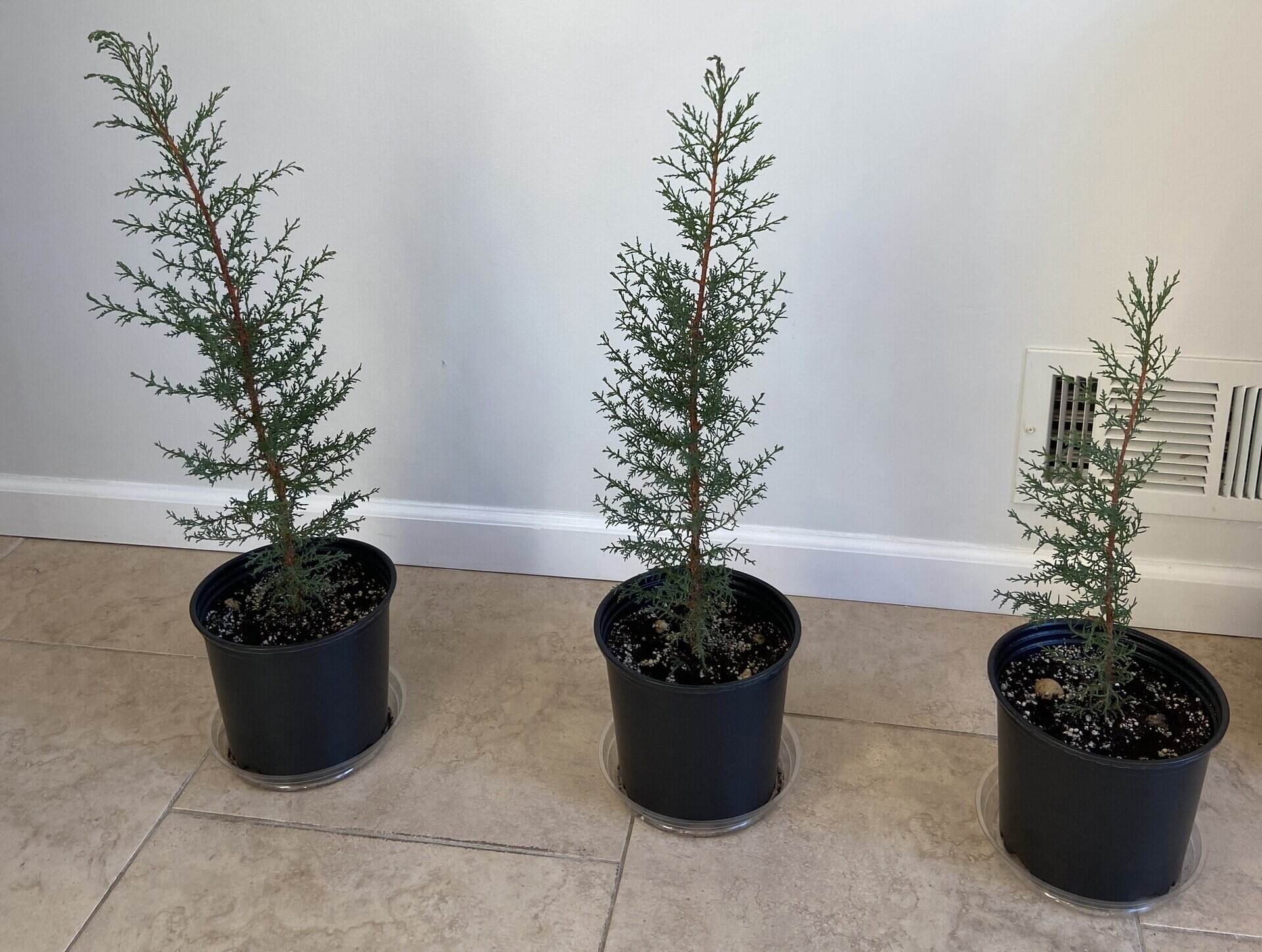
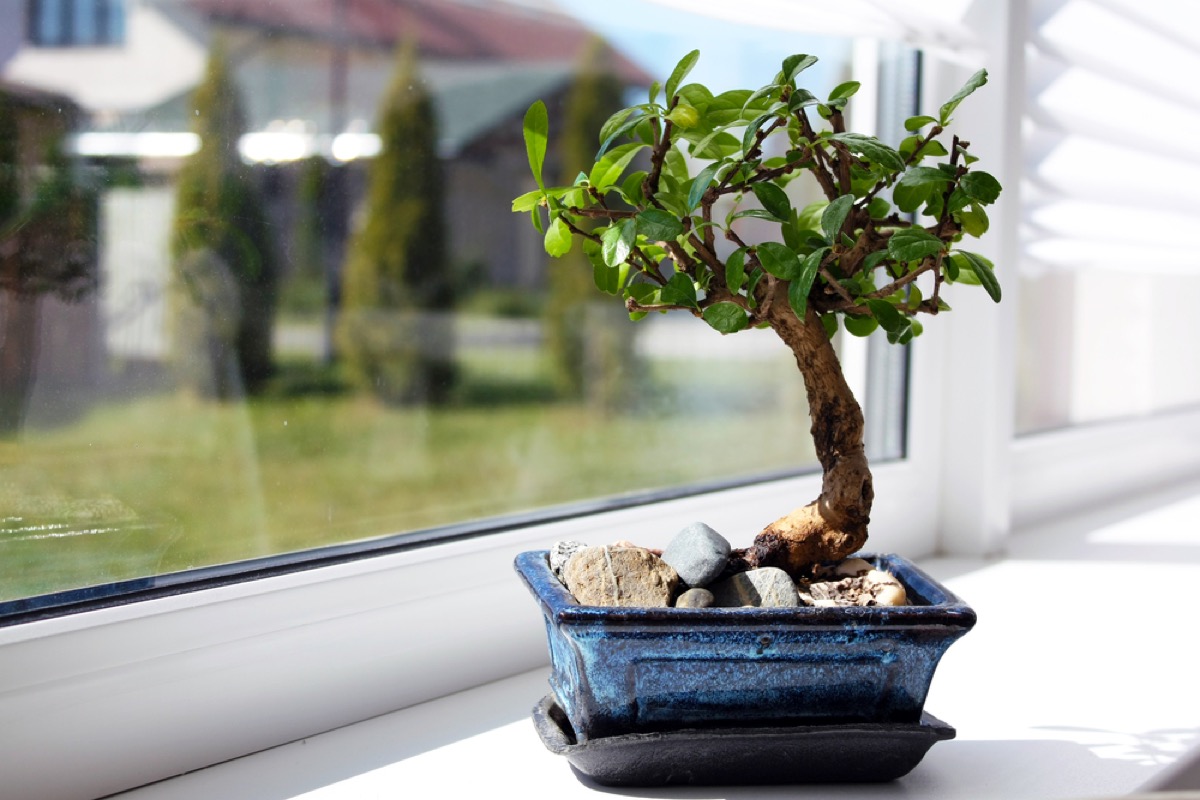
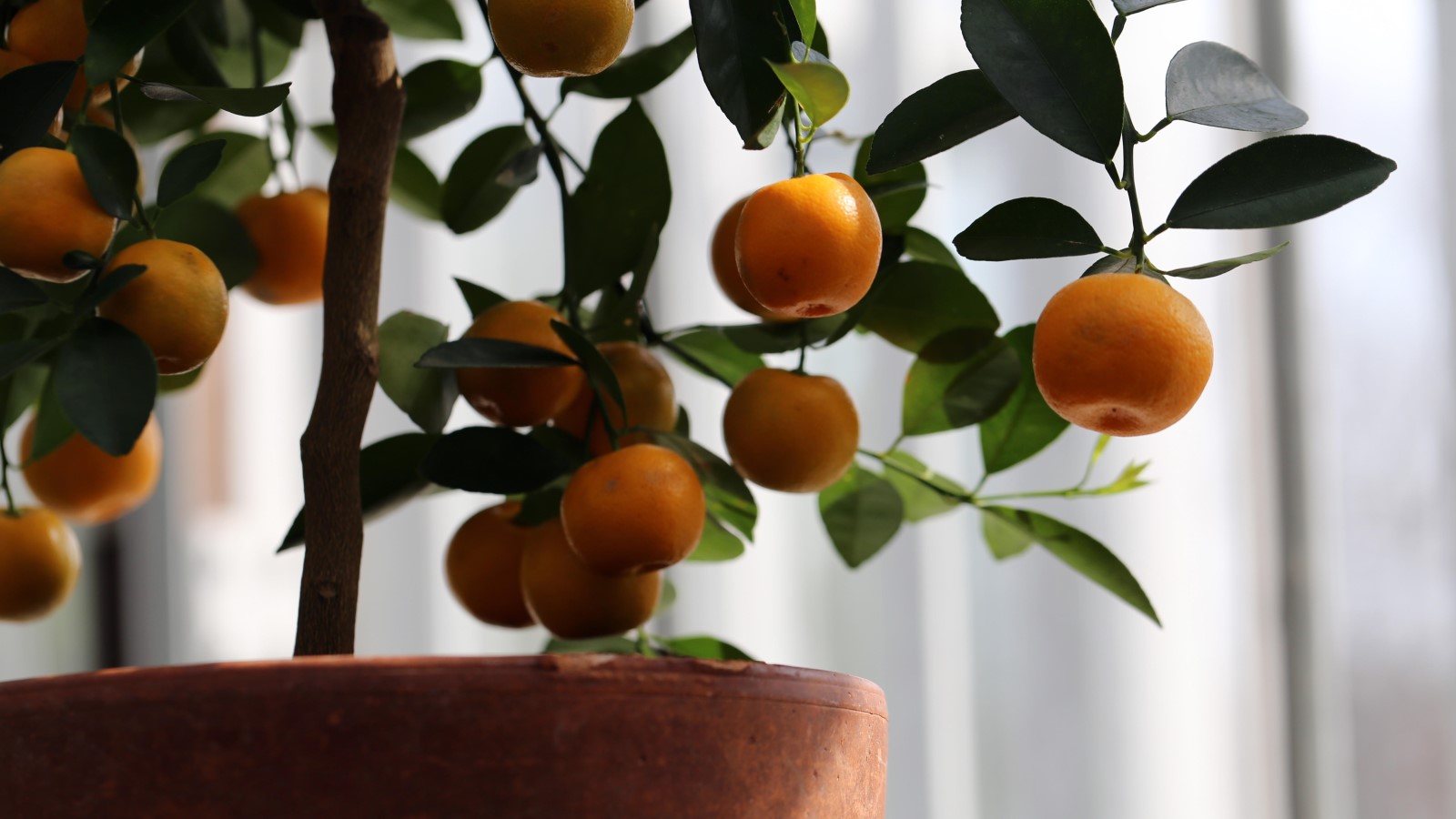
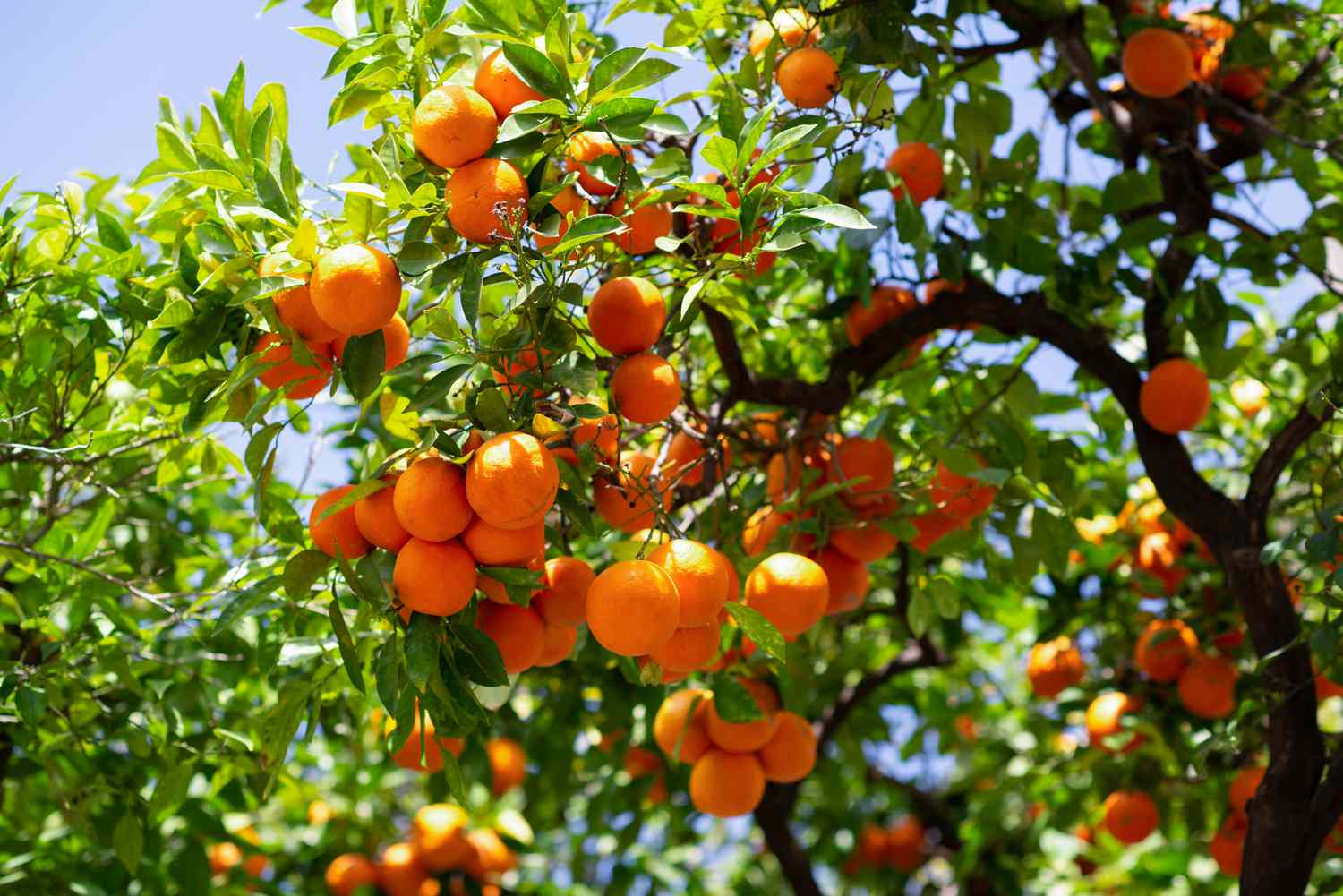
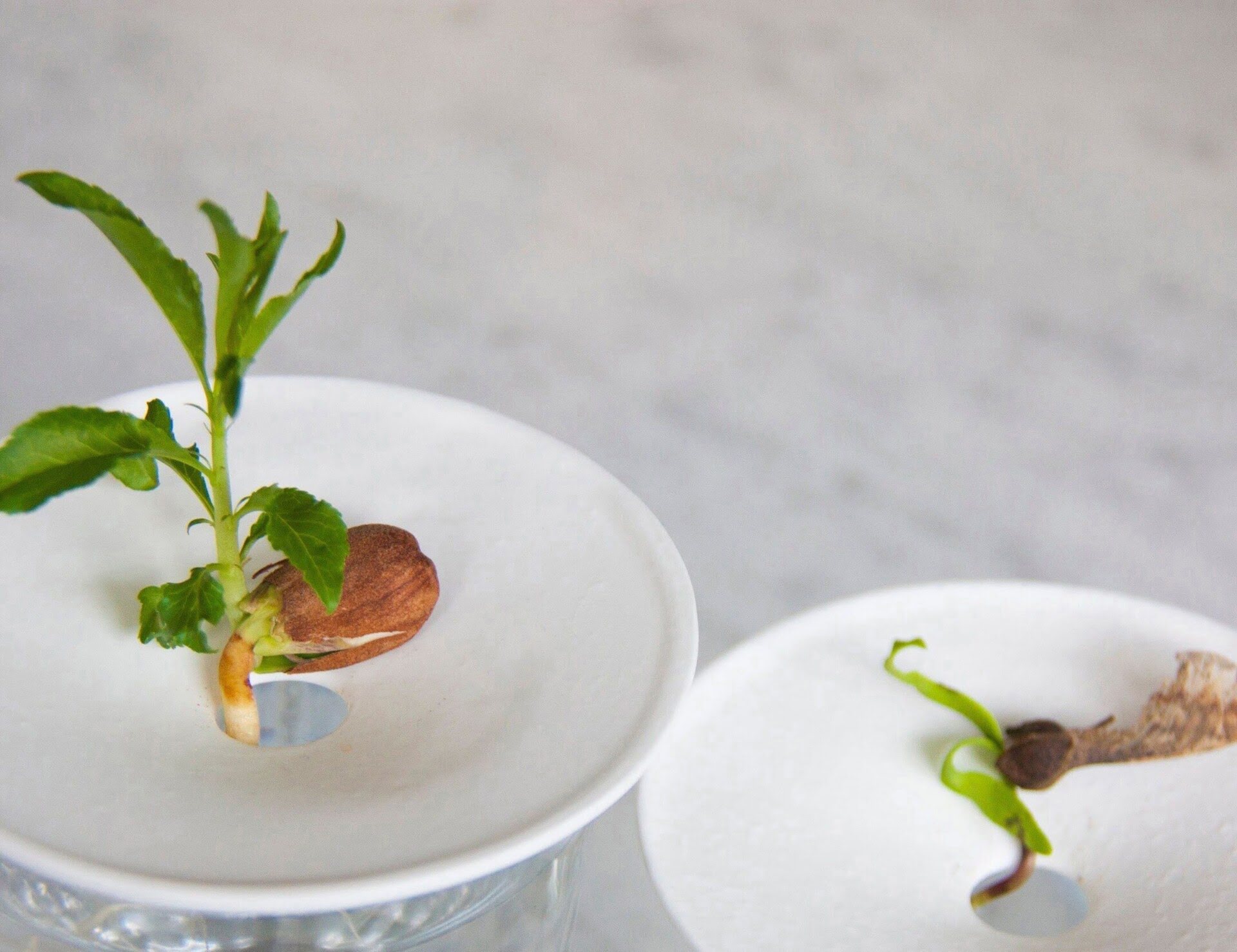
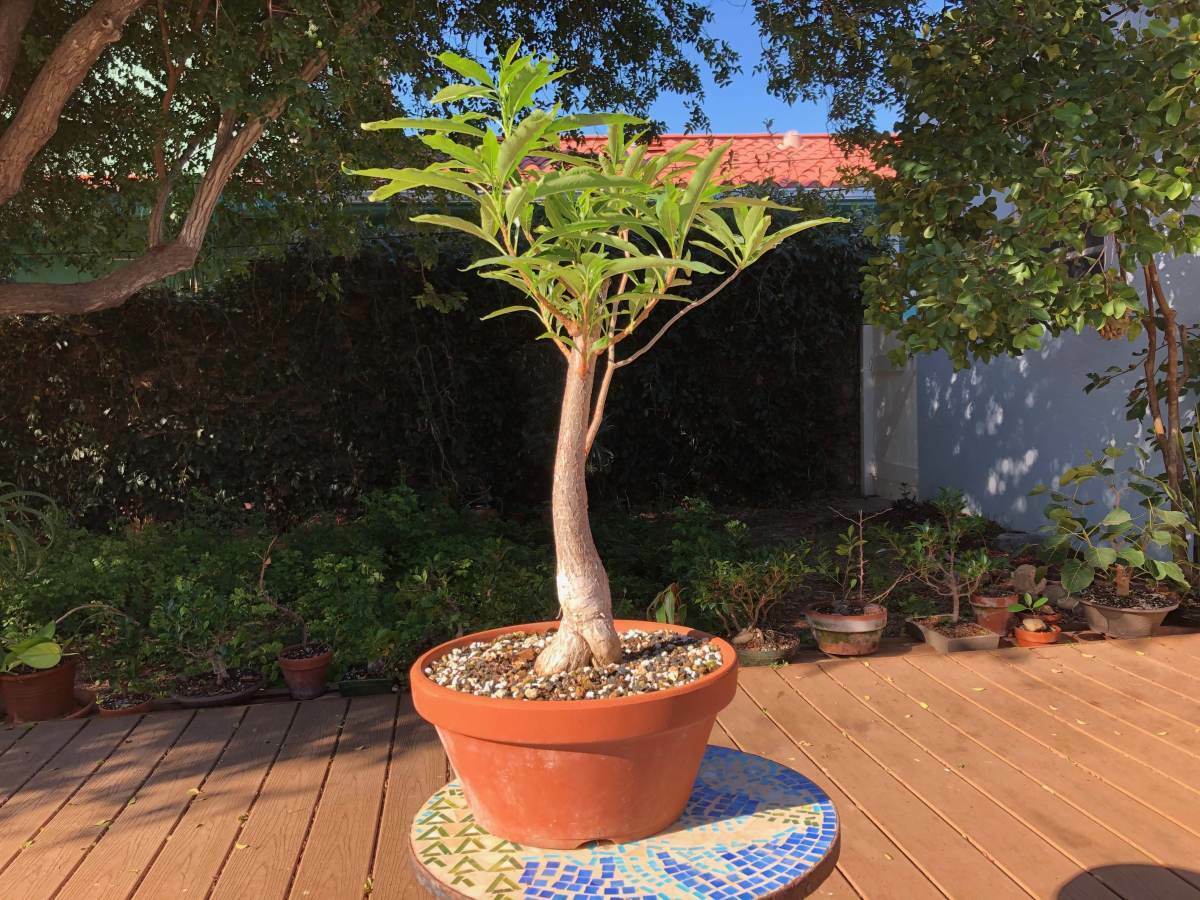
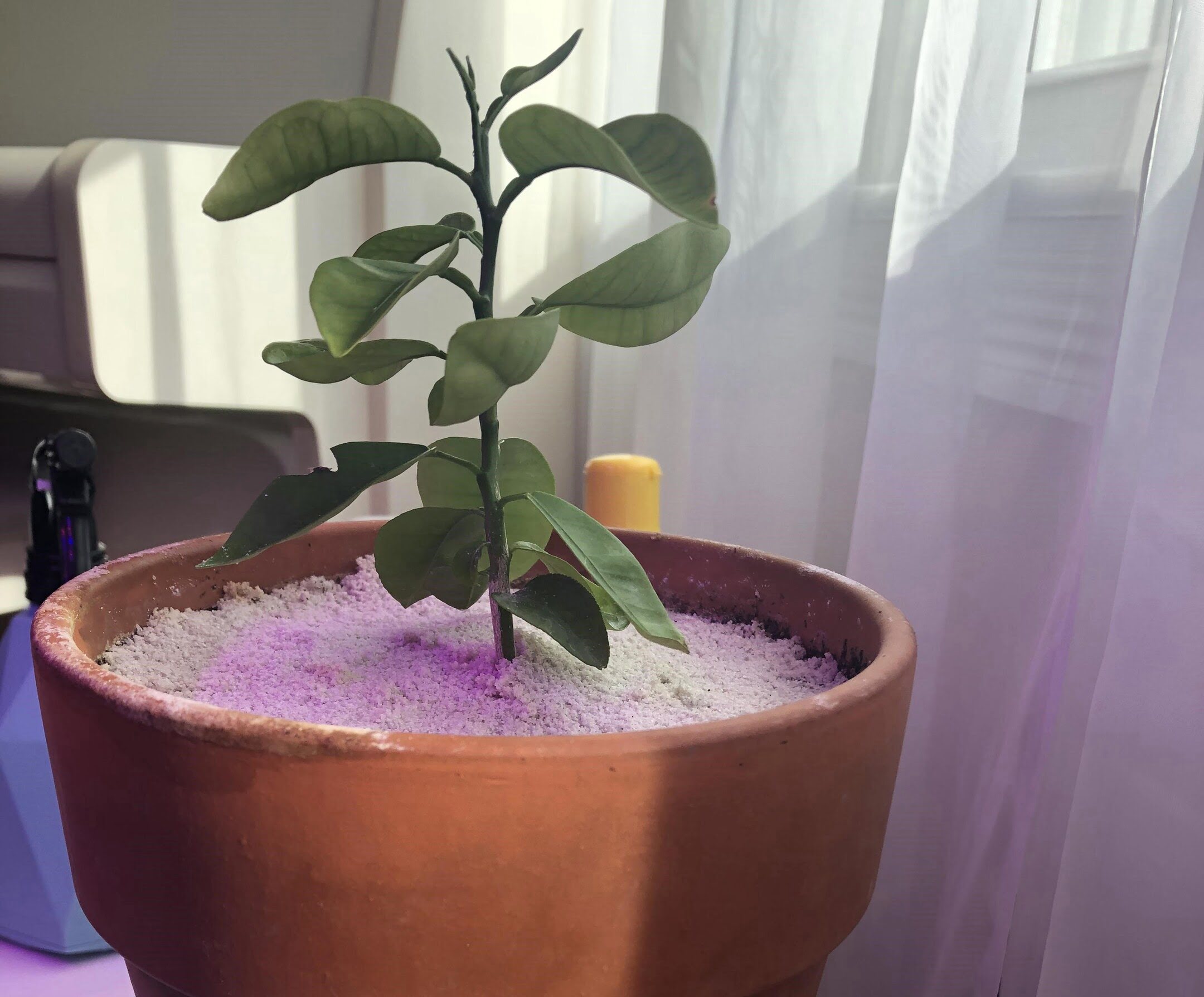
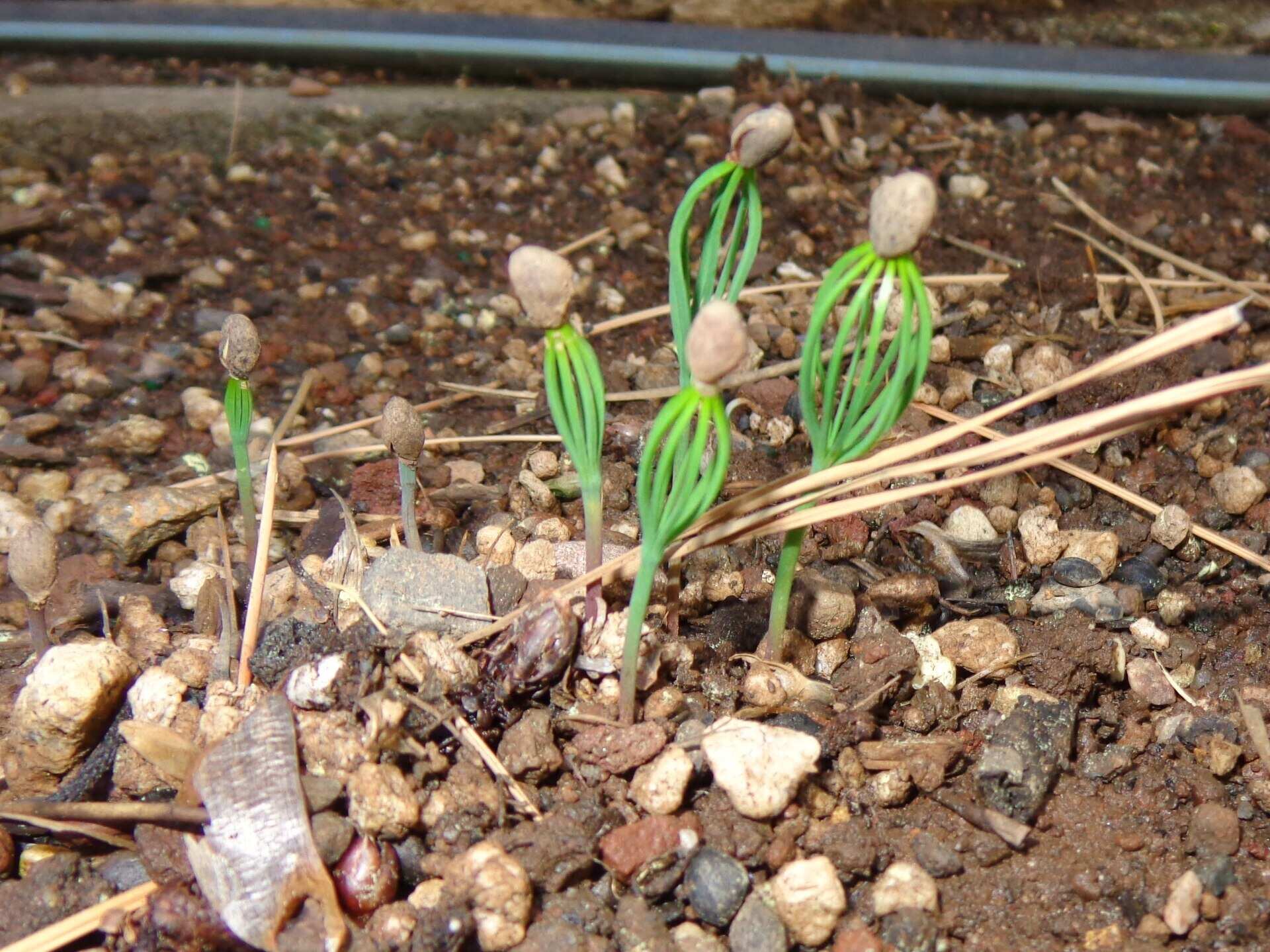
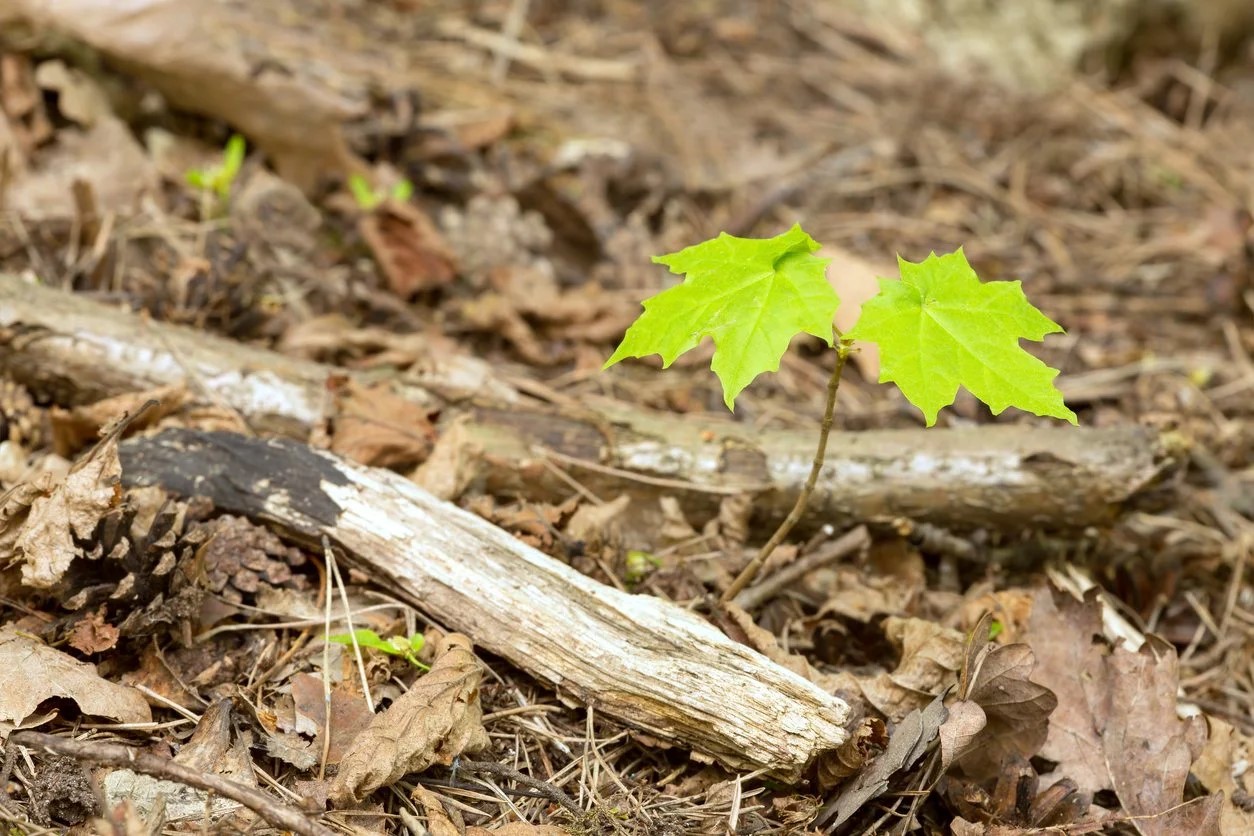
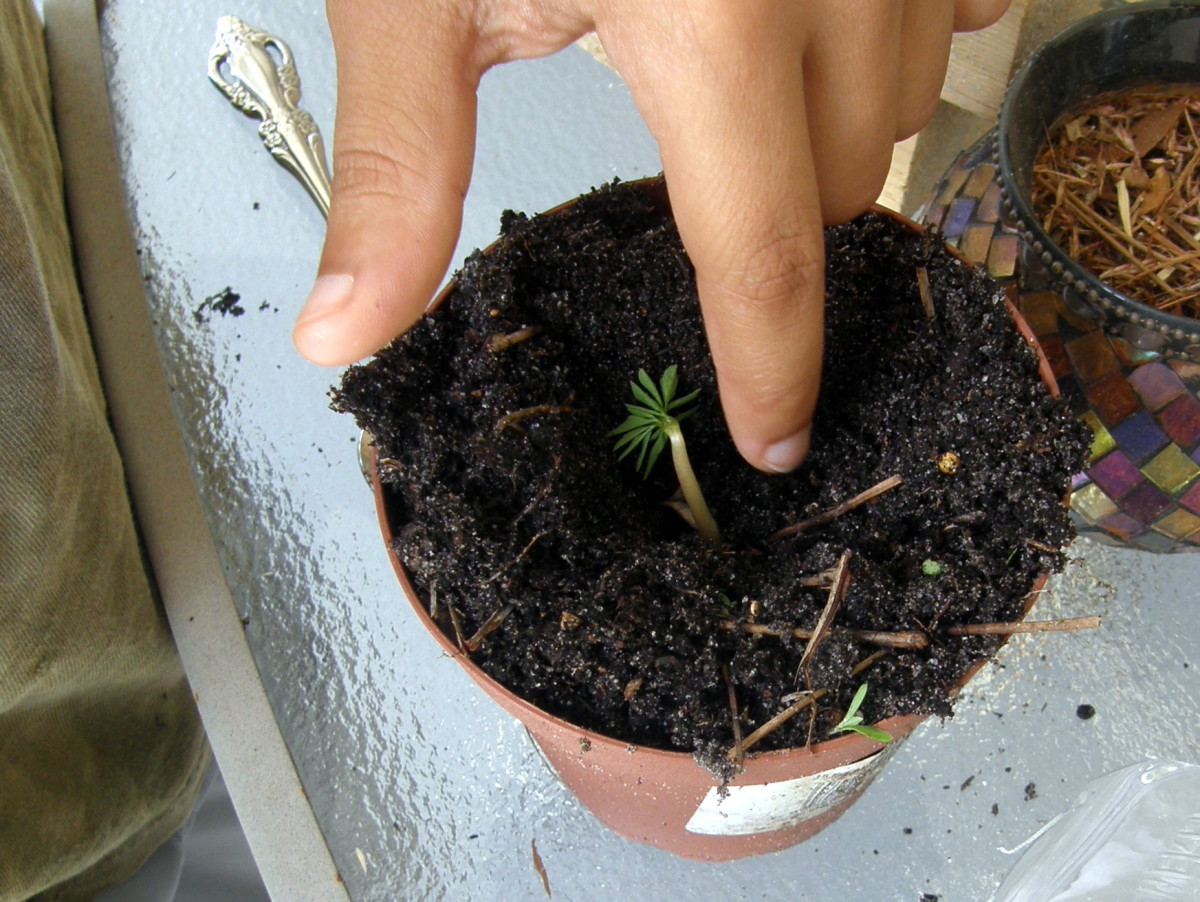
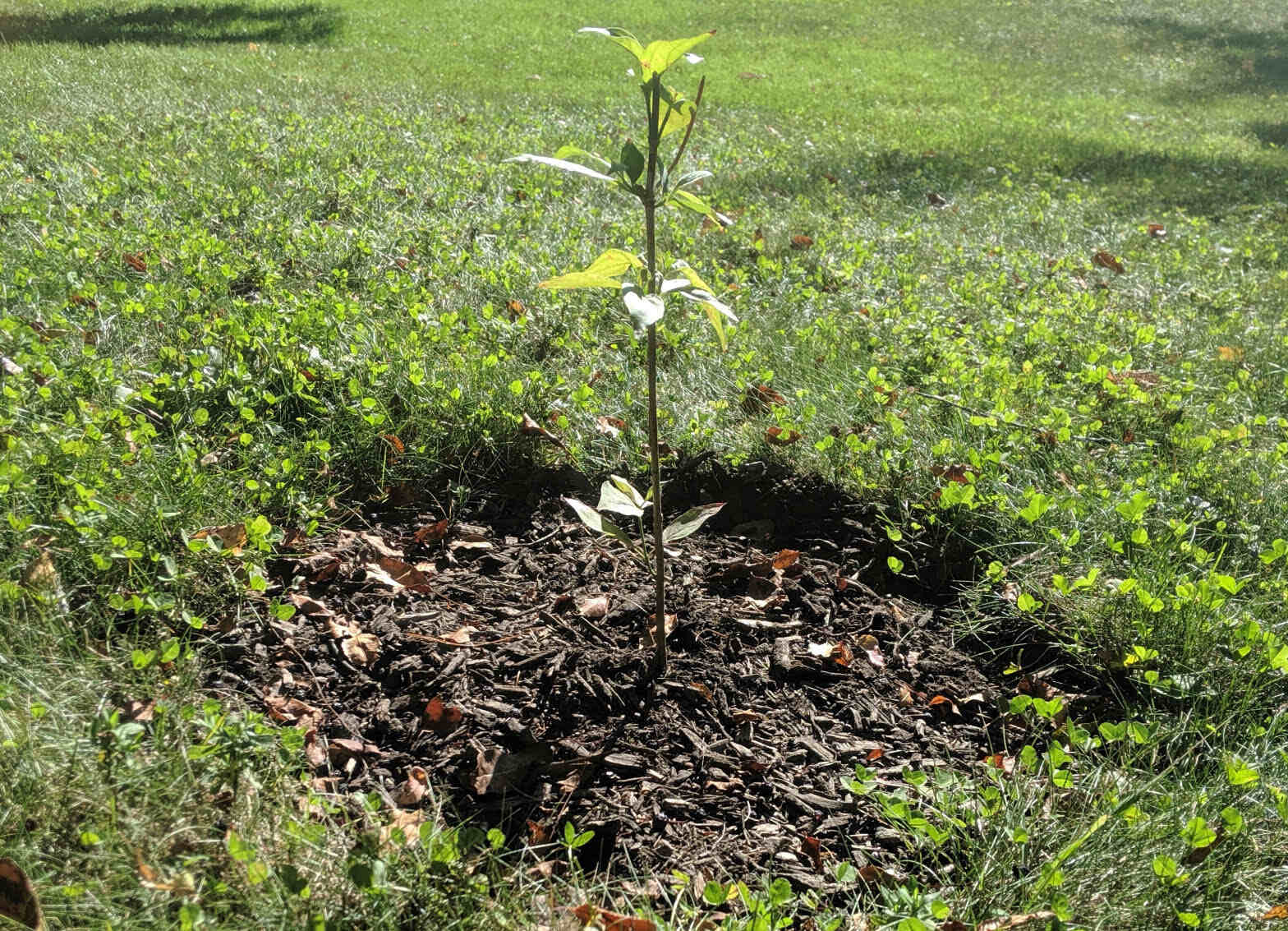
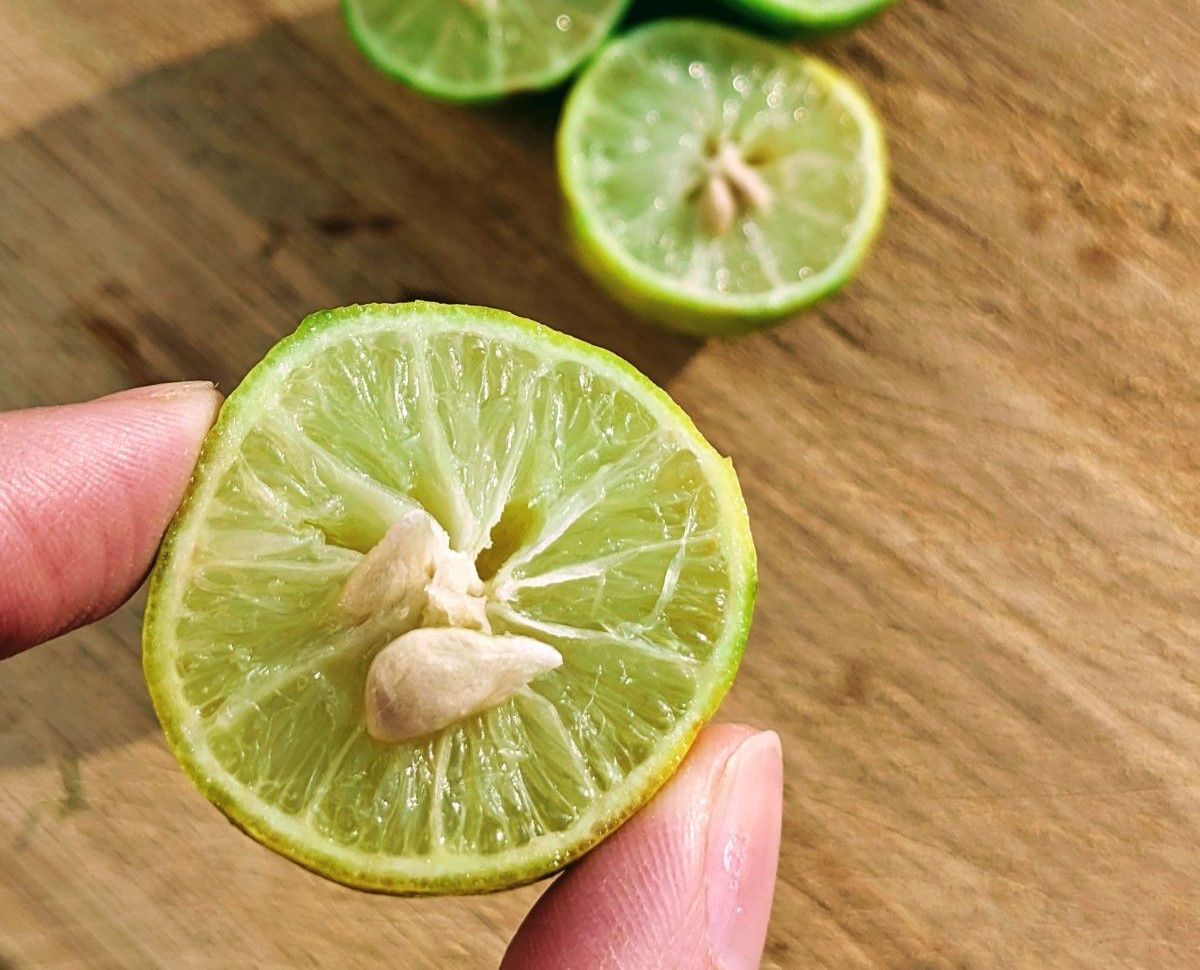

0 thoughts on “How To Grow Pecan Tree From Seed”